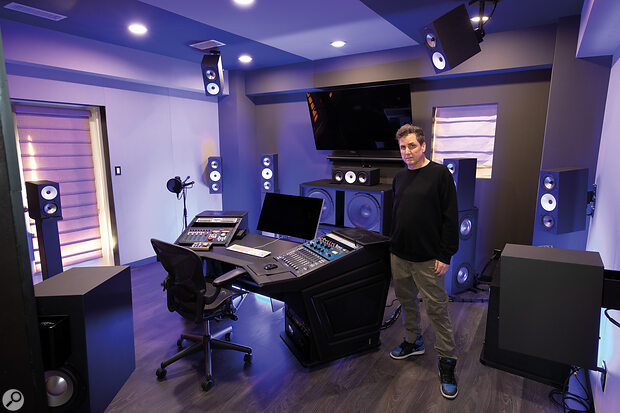Microphones all have a different FR, and different eq, some much better than other things. Most importantly, they have vastly different transient response (decay time), just like transducers/speaker systems do. Ribbons, on average, are much longer than condensers for example. With certain vocals, a ribbon can be a tremendous improvement.
Transient response (or whatever the technical term for what is depicted in step response and spectral decay) is critically important for sound engineers, recording and mix.
I am sure you are aware of all of this since your comment, but I'm hoping things like this can be pointed out so everyone becomes aware that the key attributes of speakers are not always the same for professional studio monitors and for home listening.
Recording engineers, at least the ones I have personally seen, or have written or spoken about this specific subject, are always fretting over transient response and distortion.


